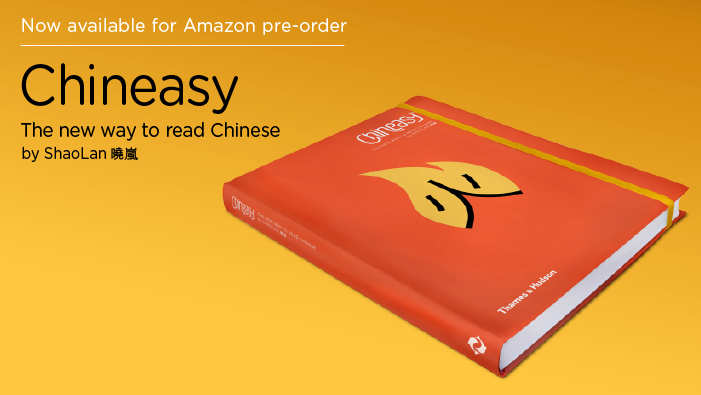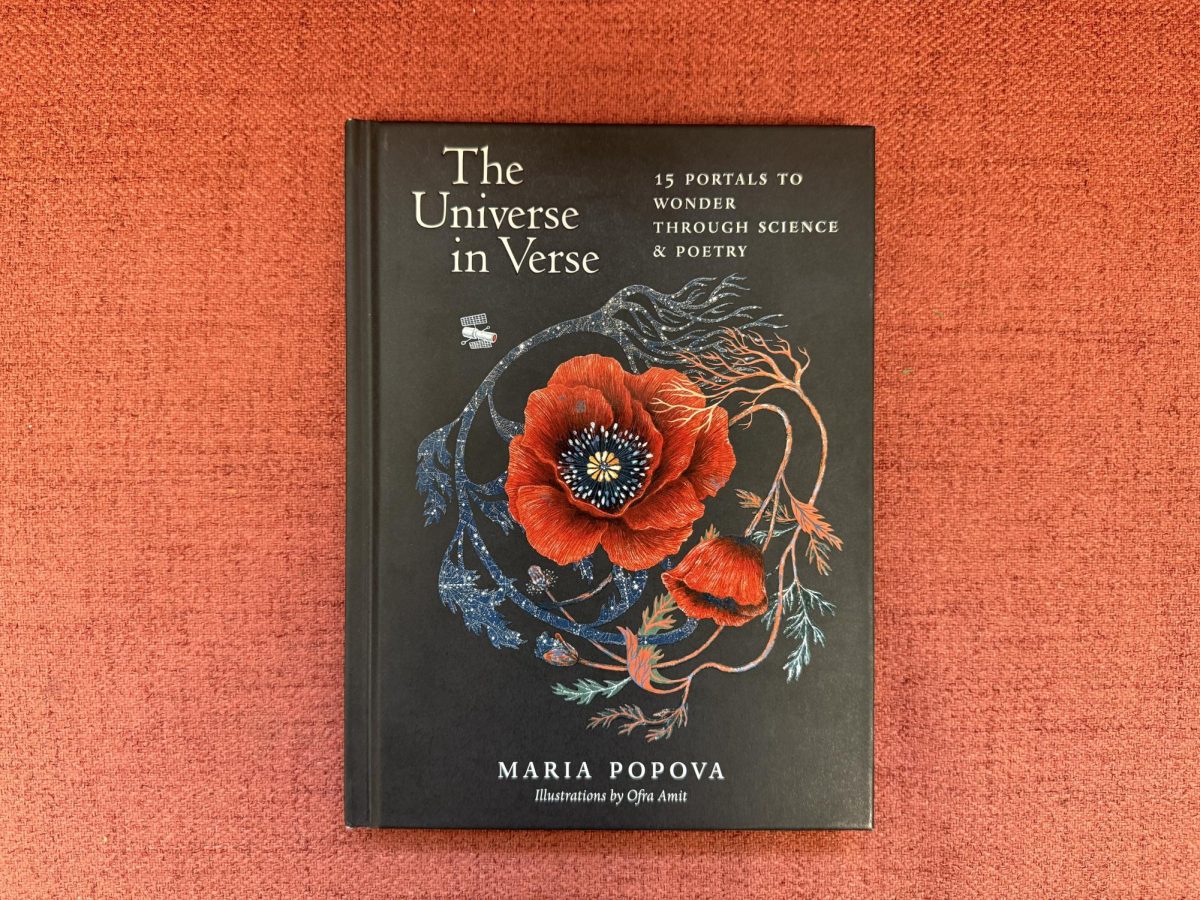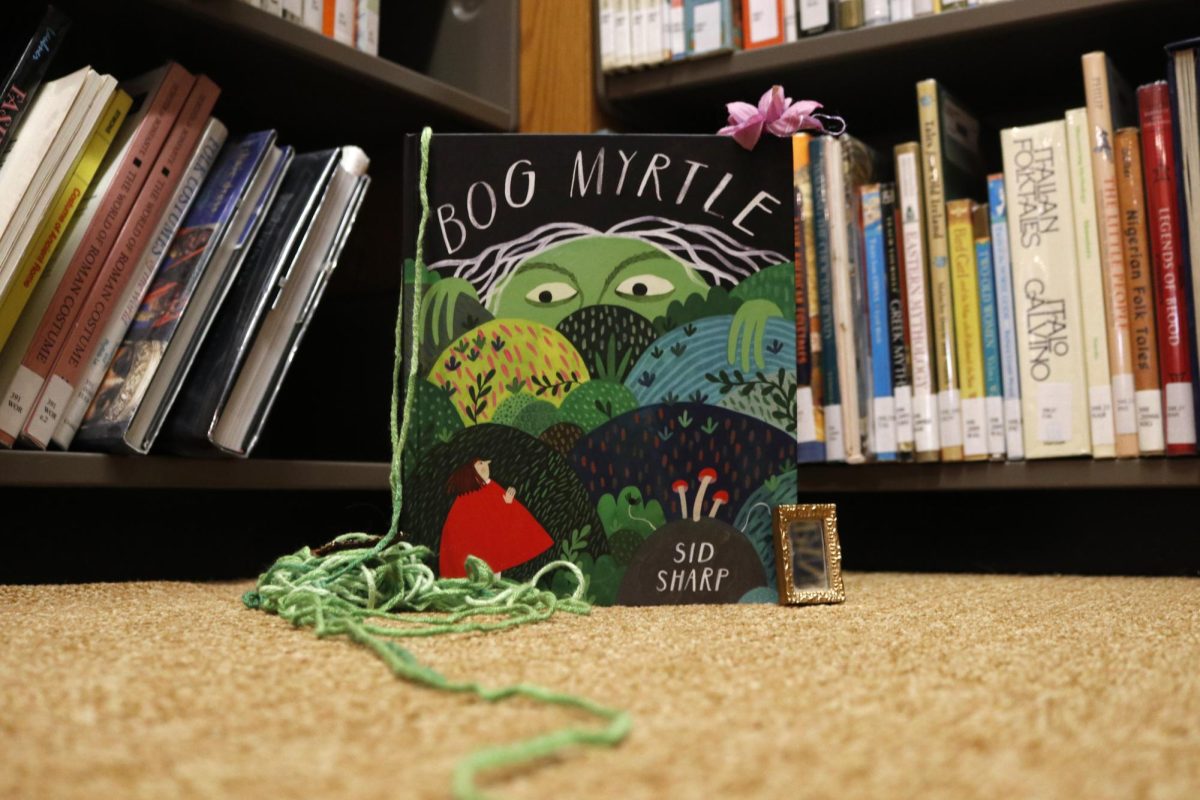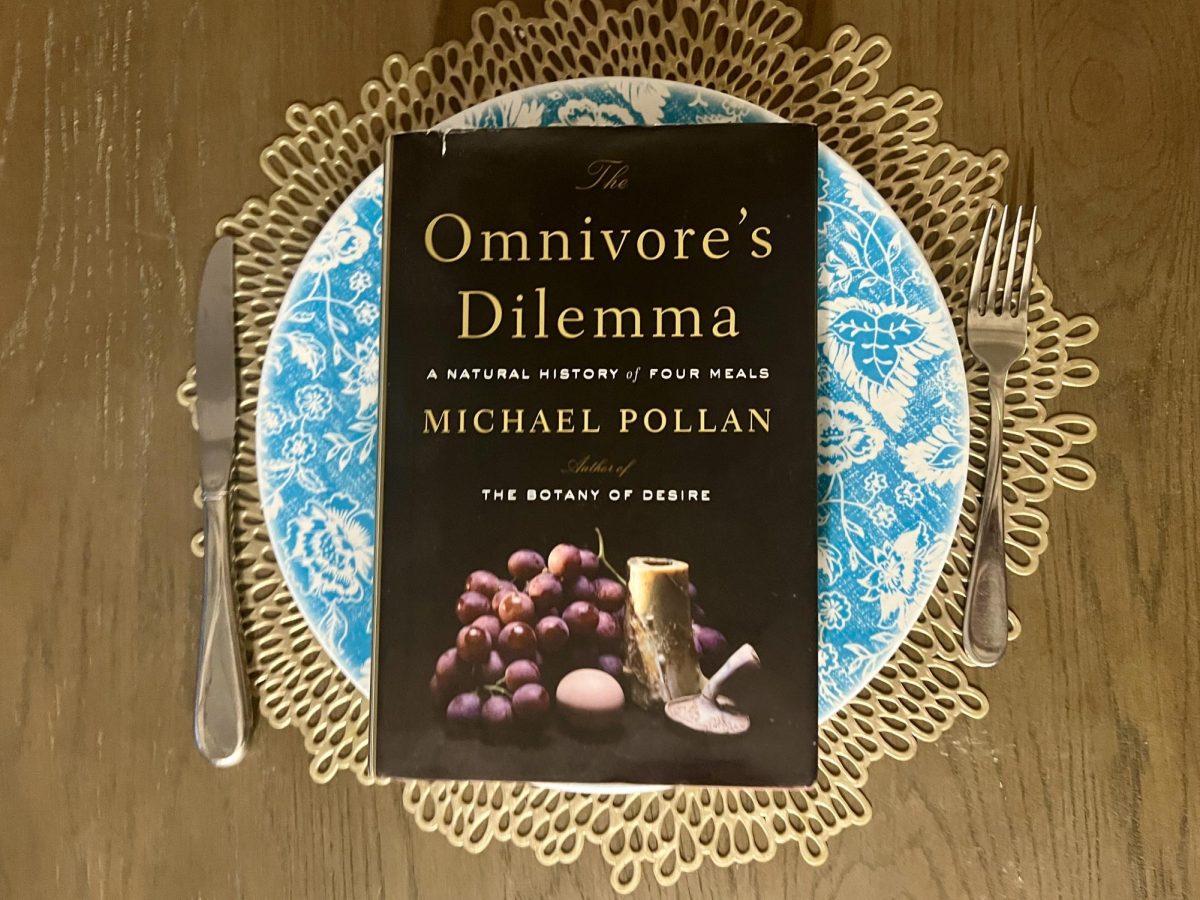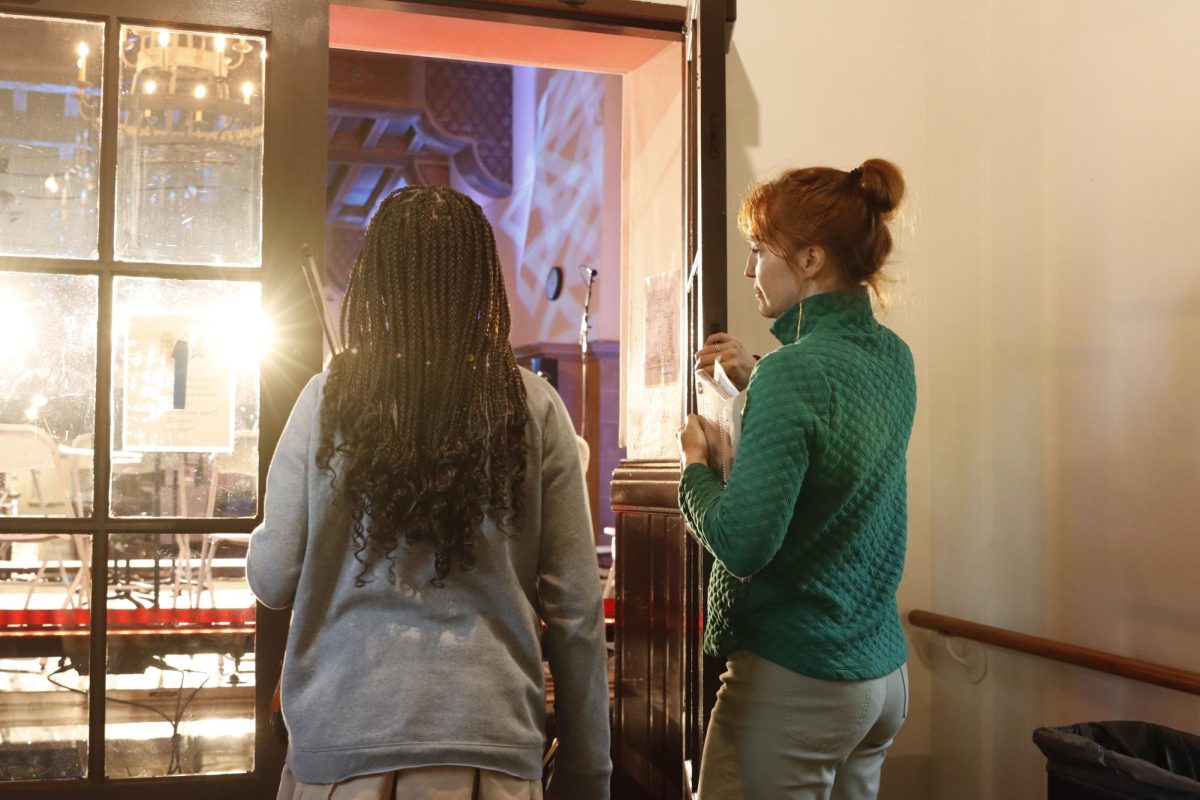Taiwanese educator ShaoLan Hsue grew up with a passion for writing Chinese calligraphy; her mother was a Chinese calligrapher. After her family moved from Taipei to London, she realized that her two young daughters did not share the same interest in the popular traditional art form.
“I found it really challenging to try to convince them that it’s really cool to read Chinese,” she says in an NPR interview. “No one in their environment would be interested or have contact with Chinese-speaking people.”
Hsue developed a system that integrated Chinese characters with “cute” animal graphics to spark a greater interest in Chinese calligraphy for Westernized youth. In these images, a Chinese character is creatively paired with its respective, illustrated meaning.

Early in 2014, Hsue made a compilation of these images and published them in her book “Chineasy.” She hoped that this book would relieve young learners from the “torture” and intricacies of the Chinese language.
“The real agenda behind this project is to bridge the gap between the East and the West,” Hsue writes on the Chineasy website. “I want to give the West a real understanding and knowledge so that people can understand China and appreciate Chinese culture via their own eyes.”
Book sales boomed in March 2014. Hsue received praise from across the Western and Eastern hemispheres alike: the San Francisco Chronicle writes, “In her delightful book…Hsueh offers an inspired approach to learning more than 400 Chinese characters.”
Hsueh’s “Chineasy” has not only introduced her young audience to the beautiful intricacy of Chinese language, but of Chinese culture as a whole. Students taking Chinese classes at Archer experience similar exposure to Chinese tradition, society, and culture.
The cultural gap between American and Chinese cultures seems to be quite extensive, according to current students. Works such as Hsue’s “Chineasy” strive to bridge this gap and create a connected educational sphere.
Haley Kerner ’16, a fourth year Chinese student, talks about Archer’s approach to teaching Chinese: “I feel like [the class] learned a lot more about Chinese culture and now it’s more about the language.”
When asked if Chinese requires a lot of work, Kerner responds, “It does, we have a lot of workbook that we do outside of class…We probably have an hour to an hour and a half of work a night… [and] we have a quiz every time we meet.” Fellow Chinese student Bebe Rowland ’16 comments that the homework load is “quite heavy.”
Visual representations seem to be integral in the studying process for Kerner. To prepare for quizzes and tests, she says she “use(s) flashcards. It helps if you trace the words in the textbook first… If you write them enough times, it just kinda sticks.”
Archer’s Chinese program exposes students to this intricate culture. Rowland says, “[Chinese culture] is so wildly different from that of our own. Its amazing, its a completely different world and its totally fascinating.”
She adds that there are “literally no similarities in the speaking, the reading, the writing or the pronunciation between that and any of the Romance languages.”
Kerner reinforces that providing cultural background prior to teaching the language helps to learn “where the characters came from and how the culture works… then you can understand how the characters evolved.”
Hsueh’s ‘Chineasy’ is available for purchase on Amazon.com and Chineasy.org. For more information, refer to Hsueh’s interview with NPR.



